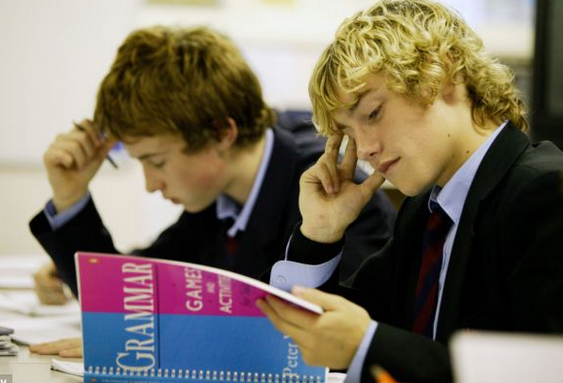Tag: learn by doing
How Schools Can Improve their Product of Learning
What do you believe is the major product of schools? My opinion is to achieve the ability and desire of students to learn new things. That is the product of learning! The change we are in the middle of isn’t minor and it isn’t optional. –Clay Shirky As Clay describes the digital internet age, it is…

Learn: 10 Extraordinary Means for Learning to Learn
Herbert Gerjuoy once said: Tomorrow’s illiterate will not be the man who can’t read: he will be the man who has not learned how to learn. What is your choice for the top learning issues of the day? Learning to learn is our choice. Taught in schools? We have not found many that teach it. We…